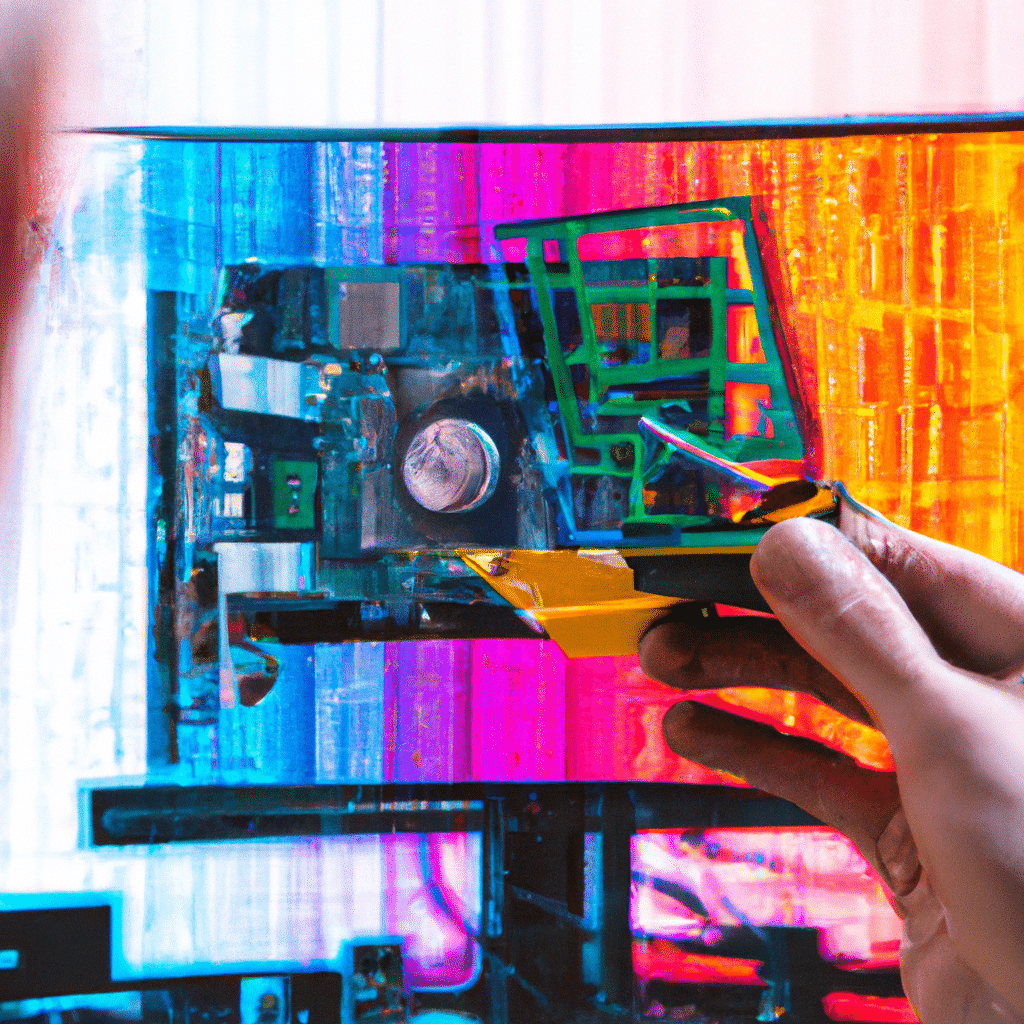If you’re a gamer, artist, or someone who uses graphic-intensive applications, you know how frustrating it can be to experience graphics card artifacting. Graphics card artifacting is when your screen shows distorted images, unusual colors, or random patterns. It can be caused by a variety of issues, including overheating, outdated drivers, or hardware failures. In this article, we’ll explore the most common causes of graphics card artifacting and provide solutions to fix the issue.

Symptoms of Graphics Card Artifacting
Before we dive into the causes and solutions, let’s first understand the symptoms of graphics card artifacting. Some common symptoms include:
- Randomly colored pixels or dots appearing on the screen
- Flickering or flashing of the screen
- Horizontal or vertical lines appearing on the screen
- The screen freezing or crashing
- Slow or laggy performance
If you’re experiencing any of these symptoms, it’s likely that you’re dealing with graphics card artifacting.
Common Causes of Graphics Card Artifacting
There are several reasons why you might be experiencing graphics card artifacting. Here are some of the most common causes:
Overheating
Graphics cards generate a lot of heat, and if they aren’t properly cooled, they can overheat. Overheating can cause your graphics card to malfunction, which can lead to artifacting. If you suspect that your graphics card is overheating, you can check the temperature using monitoring software like MSI Afterburner. You should also make sure that your graphics card’s fans are working properly and that there is adequate airflow in your PC case.
Outdated Drivers
Graphics card manufacturers release driver updates regularly to fix bugs and improve performance. If you’re using outdated drivers, it can cause compatibility issues with your system and lead to artifacting. You should regularly check for driver updates and install them as soon as they become available.
Faulty Hardware
Graphics card artifacting can also be caused by faulty hardware. This can include issues with the graphics card itself, the power supply, or the motherboard. If you’ve ruled out other causes and are still experiencing artifacting, it’s possible that you have a hardware issue. In this case, you may need to replace the faulty component.
Solutions to Fix Graphics Card Artifacting
Now that we’ve covered the most common causes of graphics card artifacting, let’s explore some solutions to fix the issue.
Solution 1: Clean Your Graphics Card
Over time, dust and debris can accumulate on your graphics card, which can cause it to overheat. To prevent this, you should regularly clean your graphics card with compressed air. Make sure to turn off your PC and unplug it from the power source before cleaning your graphics card.
Solution 2: Update Your Drivers
As mentioned earlier, outdated drivers can cause compatibility issues and lead to artifacting. To update your drivers, you should visit the website of your graphics card manufacturer and download the latest drivers for your specific model. Make sure to uninstall the old drivers before installing the new ones.
Solution 3: Adjust Your Graphics Card Settings
Sometimes, adjusting your graphics card settings can fix artifacting issues. You can try lowering the graphics settings in your game or application, disabling anti-aliasing, or reducing the resolution. These adjustments can reduce the strain on your graphics card and prevent artifacting.
Solution 4: Replace Your Graphics Card
If none of the above solutions work, it’s possible that you have a faulty graphics card. In this case, you may need to replace it with a new one. Make sure to purchase a graphics card that is compatible with your system and has the necessary power requirements.
Conclusion
Graphics card artifacting can be a frustrating issue to deal with, but it’s not insurmountable. By following the solutions outlined in this article, you can effectively fix artifacting issues and get back to gaming, creating, or working without interruption. Remember to regularly clean your graphics card, update your drivers, and adjust your settings as needed. And if all else fails, don’t hesitate to replace your graphics card.












